Después de una tarde de pintura así luce el busto del 9th de Kentucky.
Dos sesiones en la misma tarde-noche, la primera parte fue en local de Almería Modelismo compartida con los compañeros del club, apliqué las luces y sombras generales con aerógrafo y toques finales a pincel incluyendo los ojos:
Una vez en casa, ya en mi mesa y con mi luz, aprecie algunos retoques necesarios y repinté los ojos, que no me gustaron como quedaron, apliqué las últimas luces y sombras a pincel, y también aproveché para dar una base al pelo y apreciar mejor el conjunto:
Para los colores he utilizado acrílicos artísticos de Golden, usando la conocida como Paleta Zorn, está compuesta solo por cuatro colores, Blanco Titanio, Amarillo Ocre, Rojo Cadmio y Negro de Marte, se denomina así en honor al pintor sueco Andreas Zorn, que la usó en la mayoría de sus trabajos.
A priori puede parecer muy limitada, pero si comenzamos a combinar colores y probar mezclas se puede comprobar que las posibilidades van creciendo pudiendo cubrir cualquier necesidad obteniendo una gran cantidad de tonos fríos y cálidos equilibrados , colores luminosos y oscuros y una extraordinaria paleta ideal para retratos y en nuestro caso por declinación en bustos y si son de época como en este caso aún más. Todo queda armónico y muy elegante.
Hablar de mezclas en este caso, prácticamente sobra, ya que solo tenemos cuatro colores…
No obstante os comento un poco, para la carne he usado una mezcla de Amarillo Ocre, Rojo Cadmio y Blanco, en este caso como quería un tez rubicunda, aumente la proporción de rojo, iluminé añadiendo blanco y un poco de amarillo ocre, sombreando añadiendo a la base rojo y negro.
Para la barba y el pelo he usado como base rojo con una pizca de negro, buscando un tono pelirrojo, el siguiente paso será trabajar el pelo y la barba de forma diferenciada como ocurre en los pelirrojos naturales.
Y de momento esto es todo, en breve iré posteando más avances y explicaciones al respecto de la paleta Zorn y como la aplico a mis miniaturas.
Os invito a que la probéis, es muy estimulante y los resultados son excelentes y diferentes.
.
.
@Gazquez.Modeller @gazquezbooks #modelling_expands #gazquezbooks #joaquingarciagazquez #joaquinismyverlinden #almeriamodelismo #hacemosmodelismo #americancivilwar #scalemodelling #figures #miniaturepainting #paintingminiatures #modeling #modelismo #modelbau #acrylicpainting #116scale #militarymodelling #miniature #historicmodels #akinteractive #odysseycollectibles






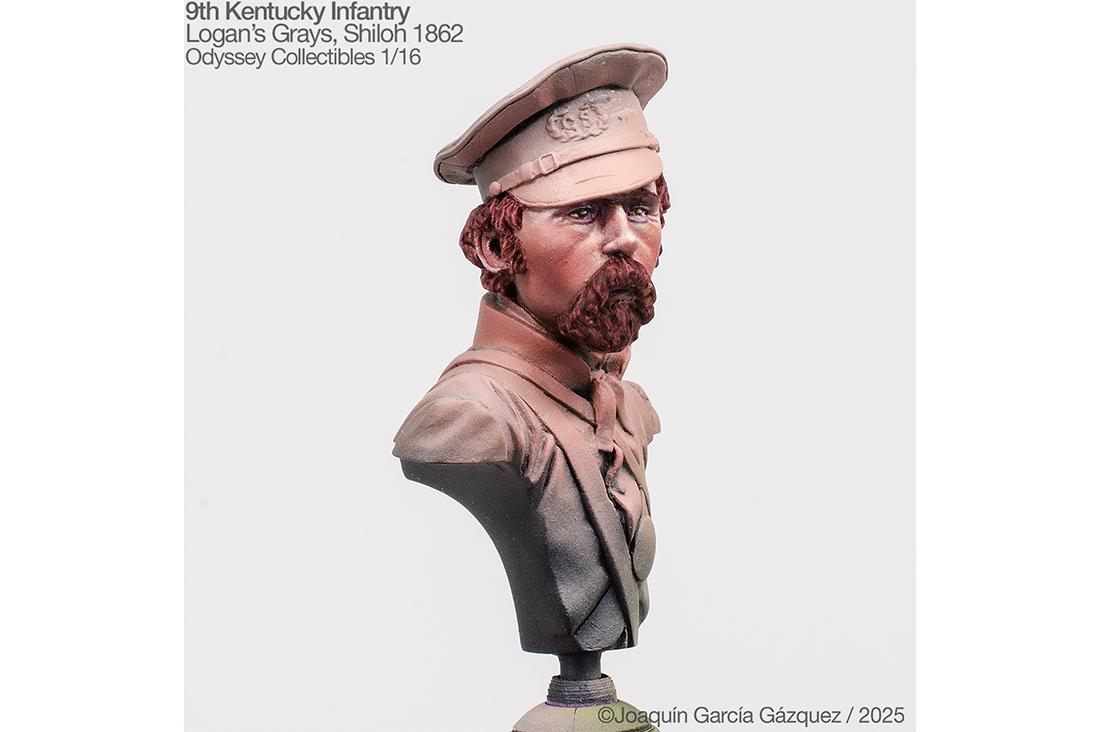
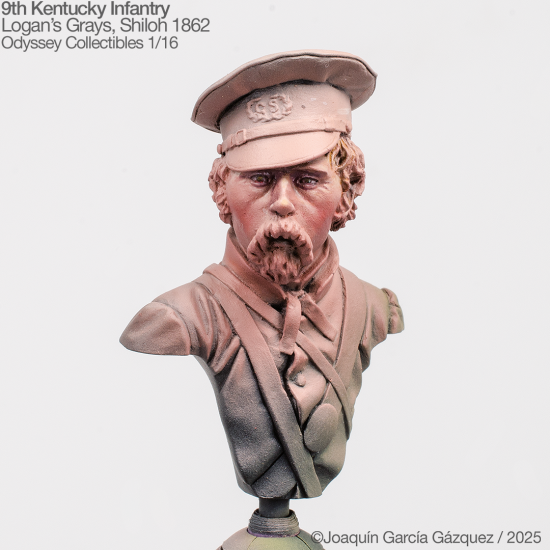
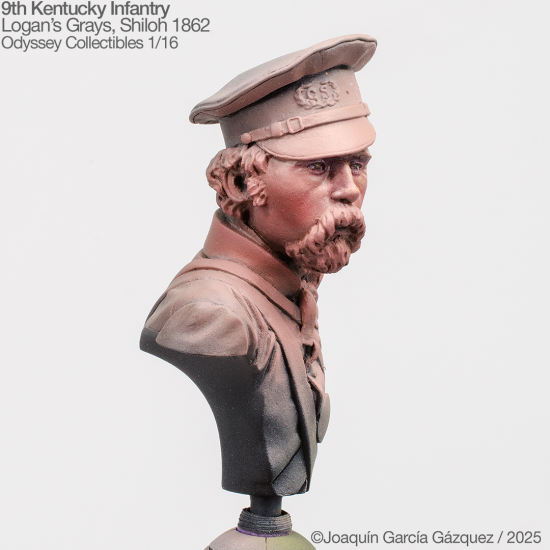
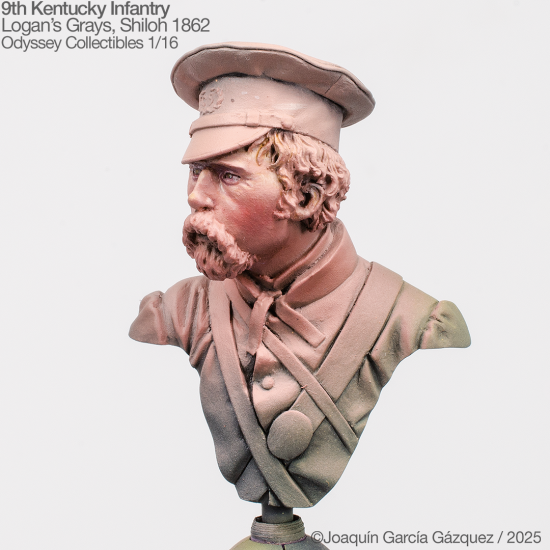
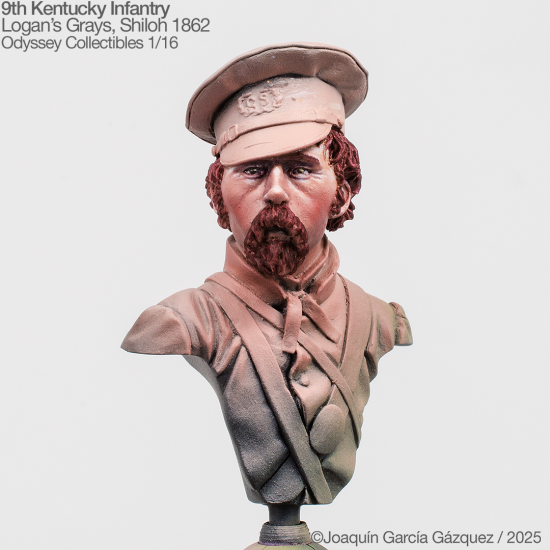
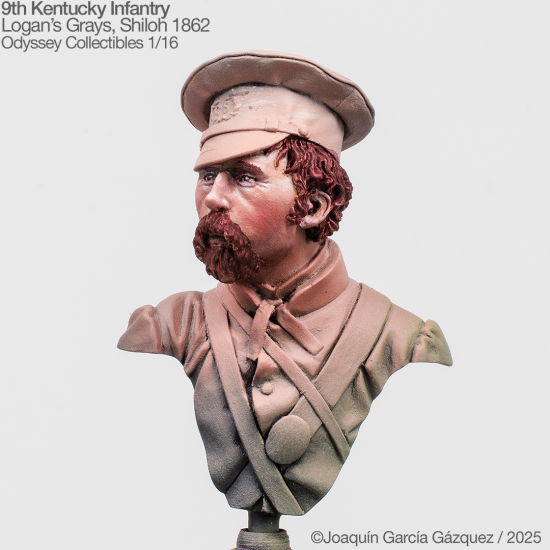
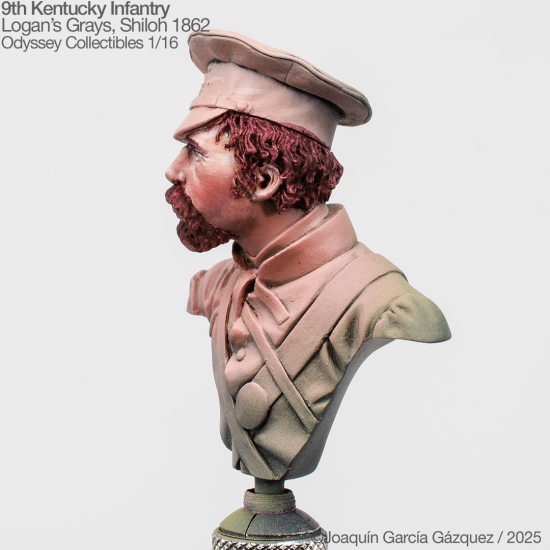

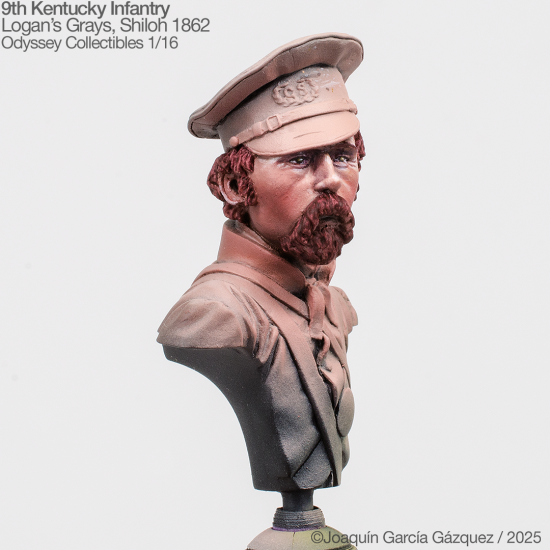

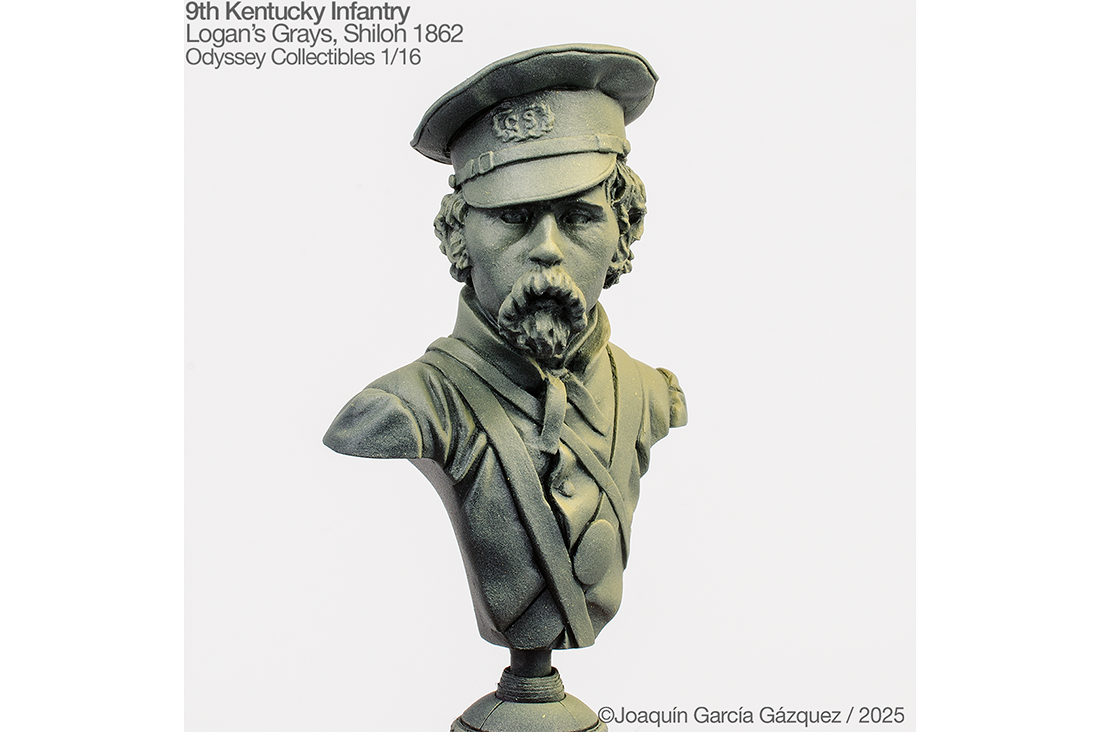
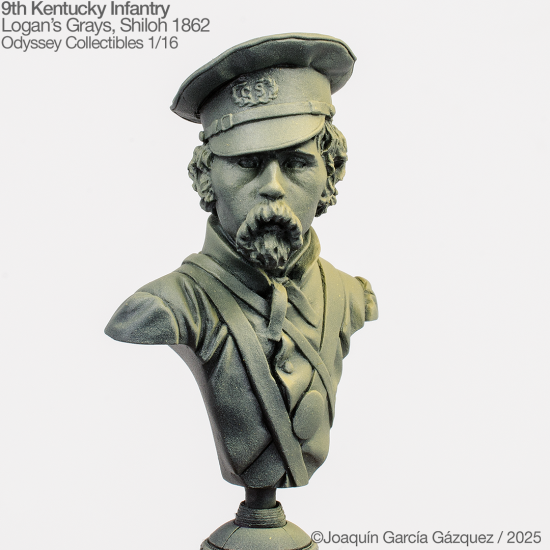
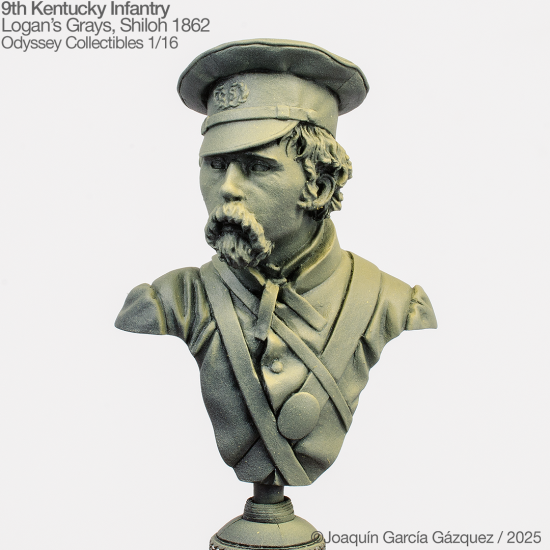
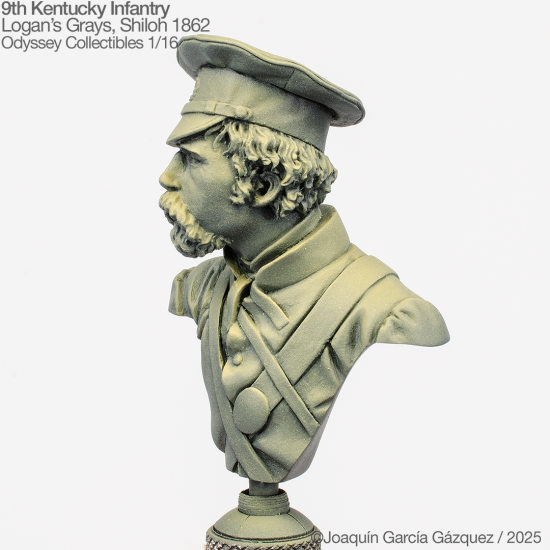

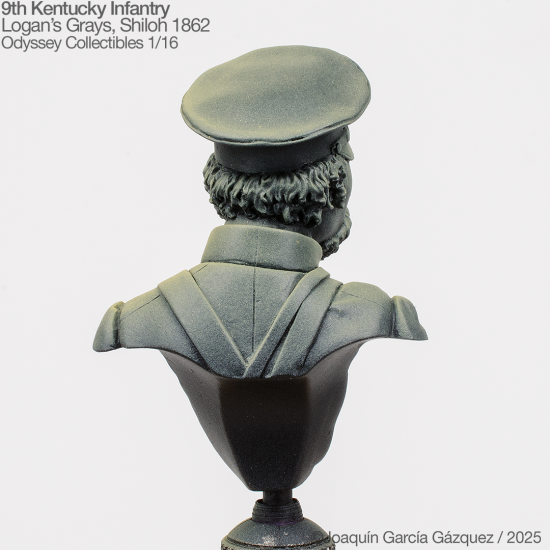
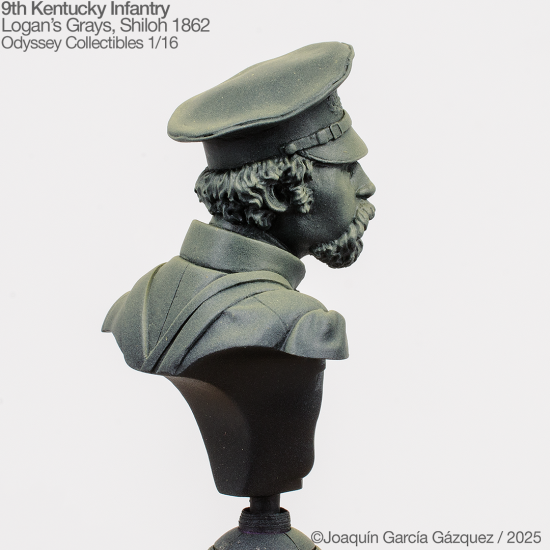
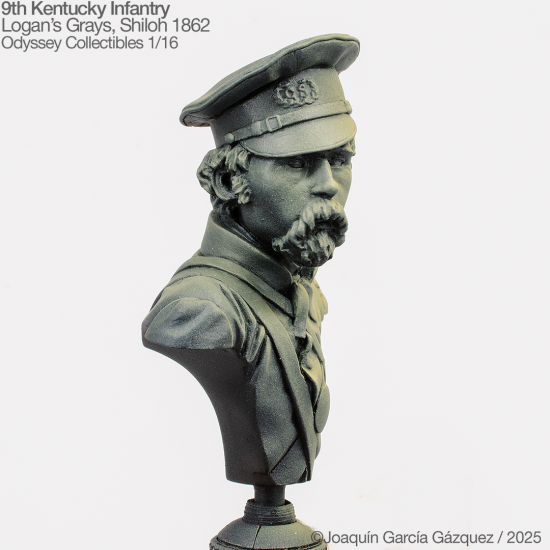
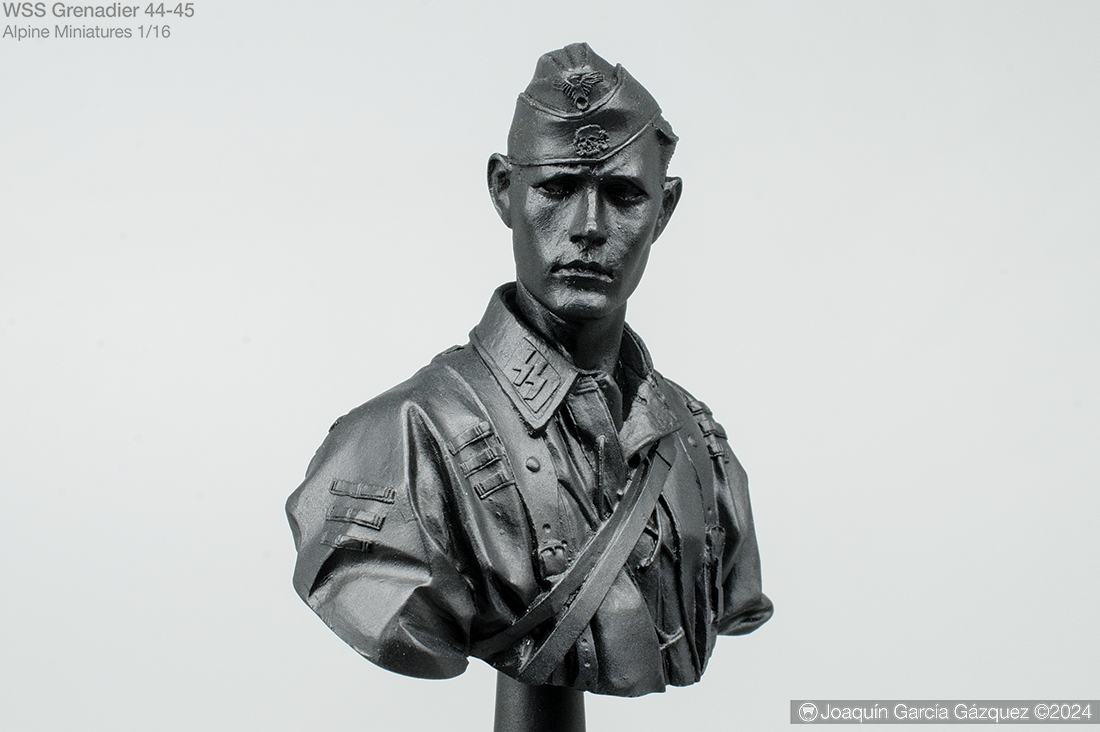
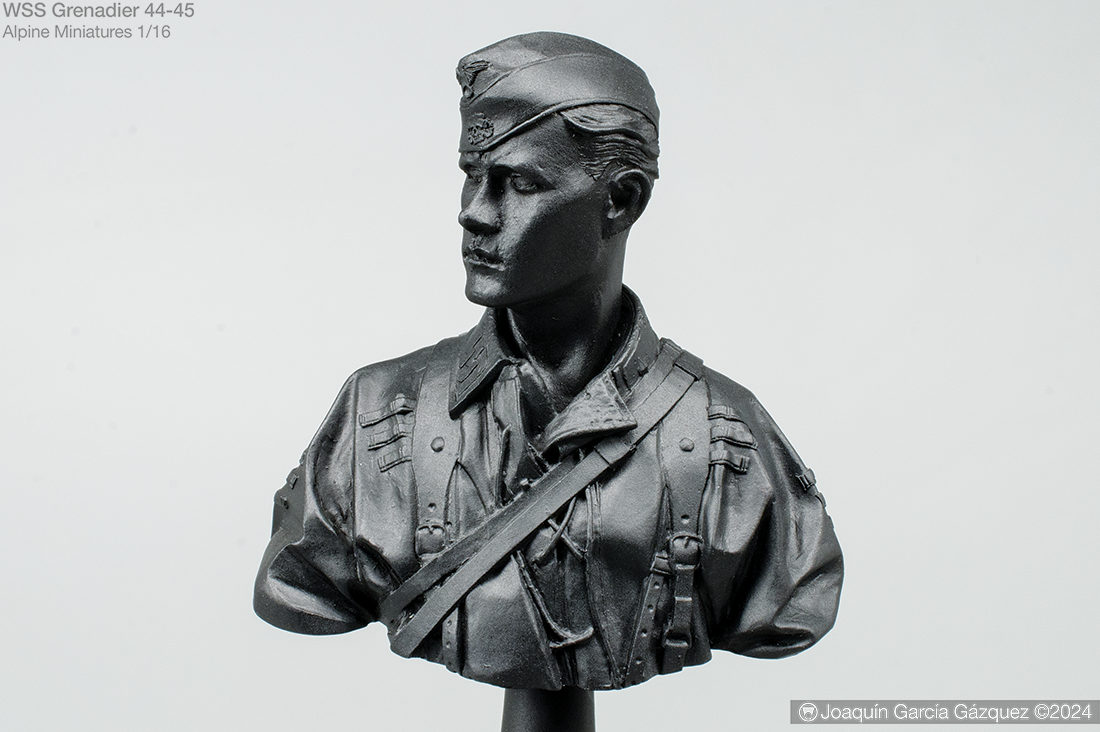

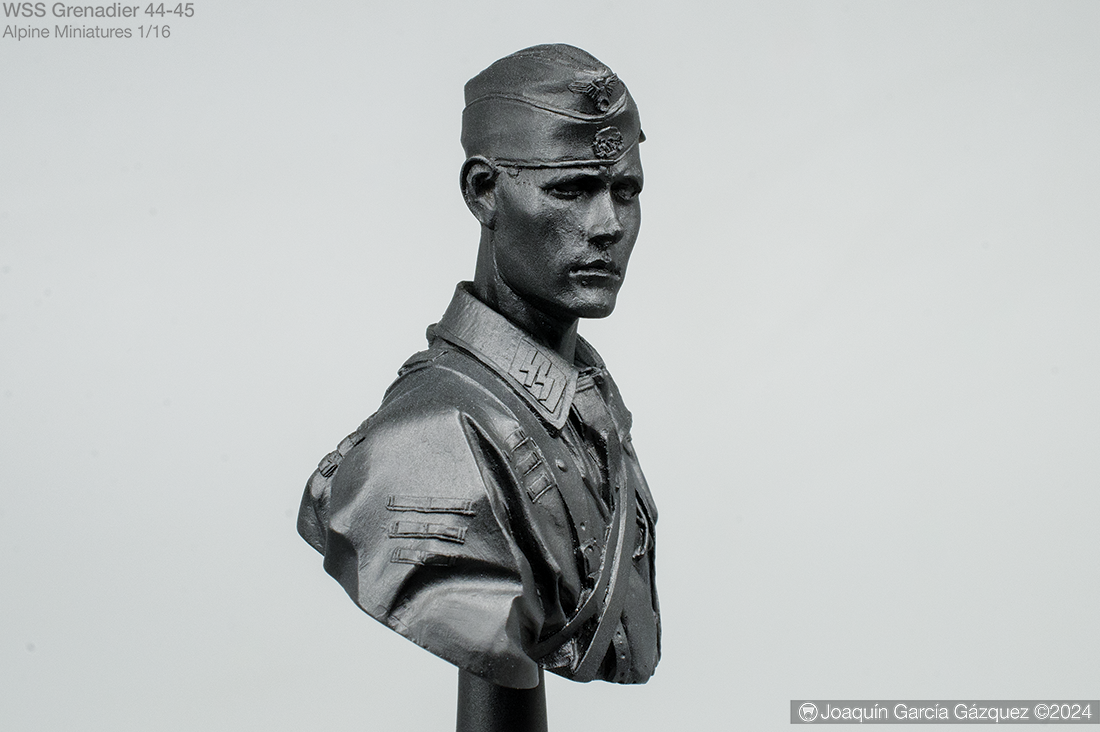
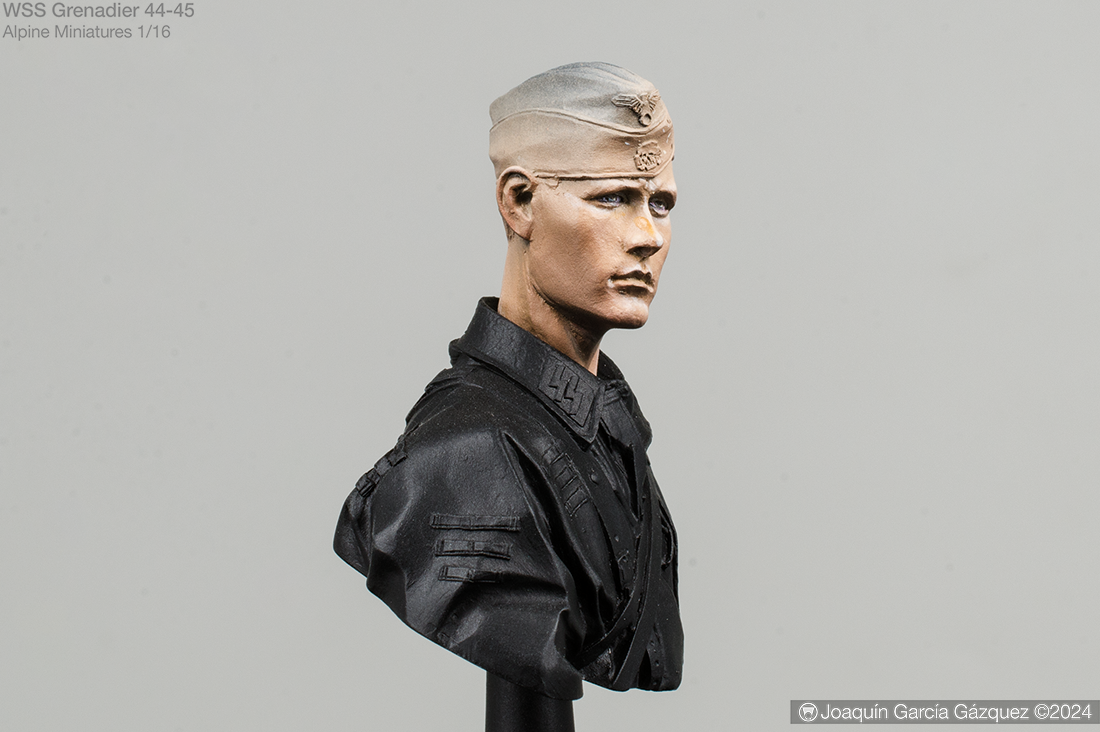
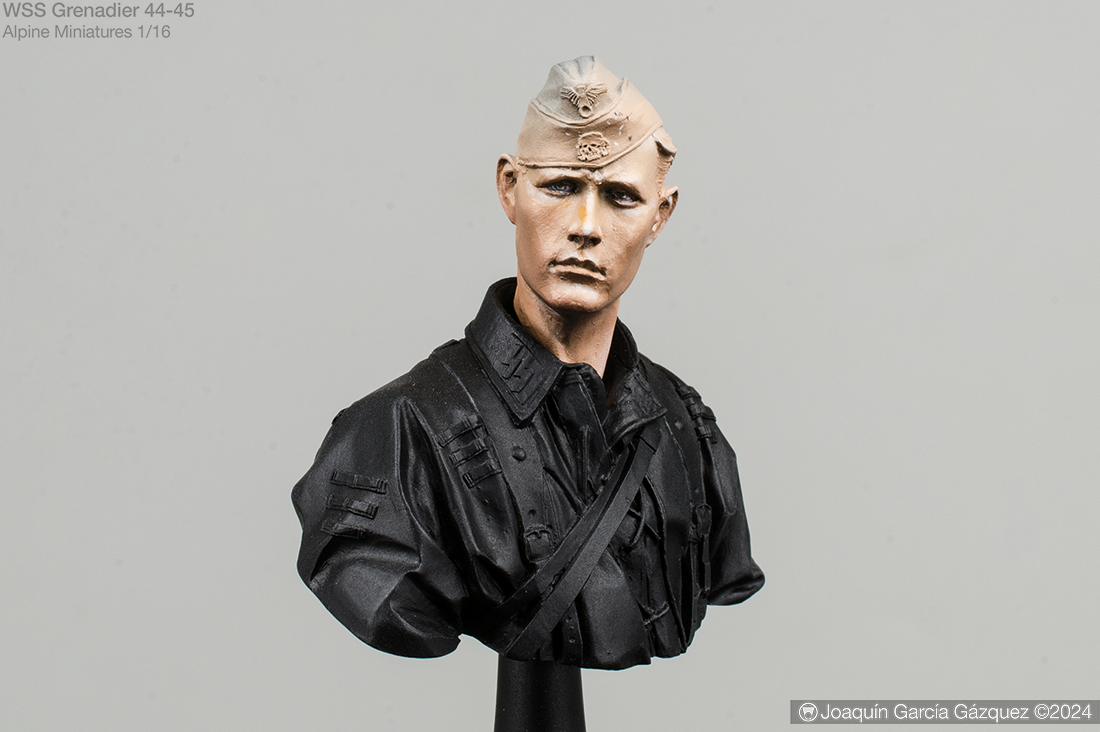
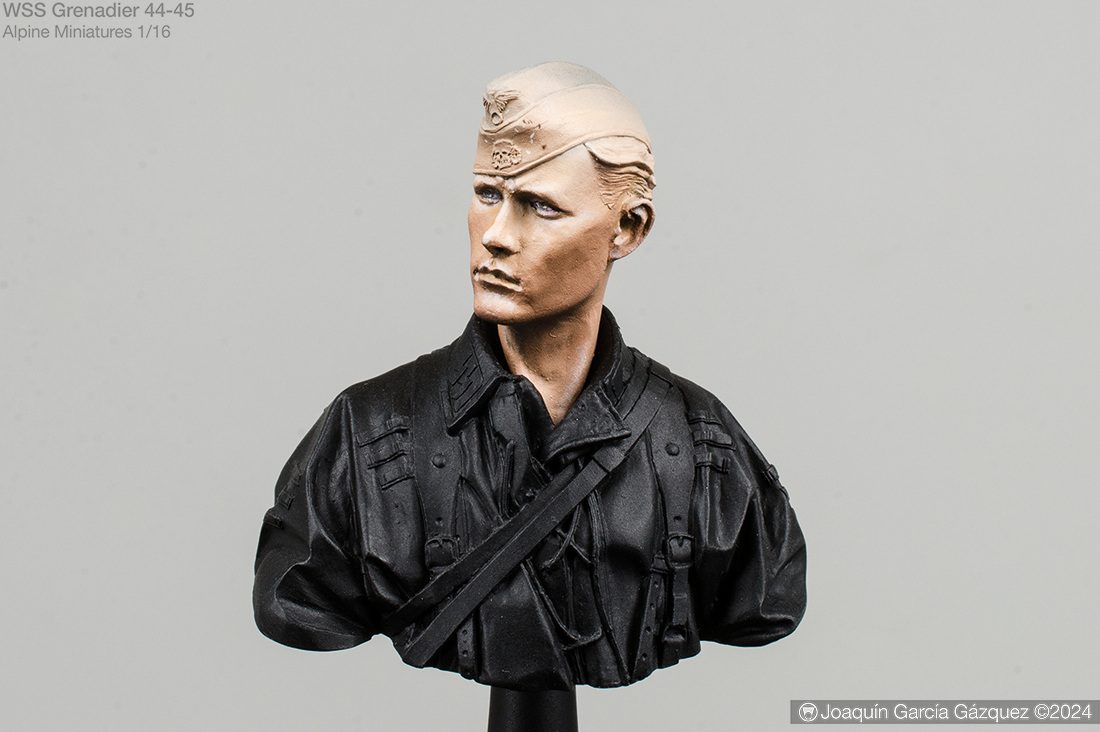
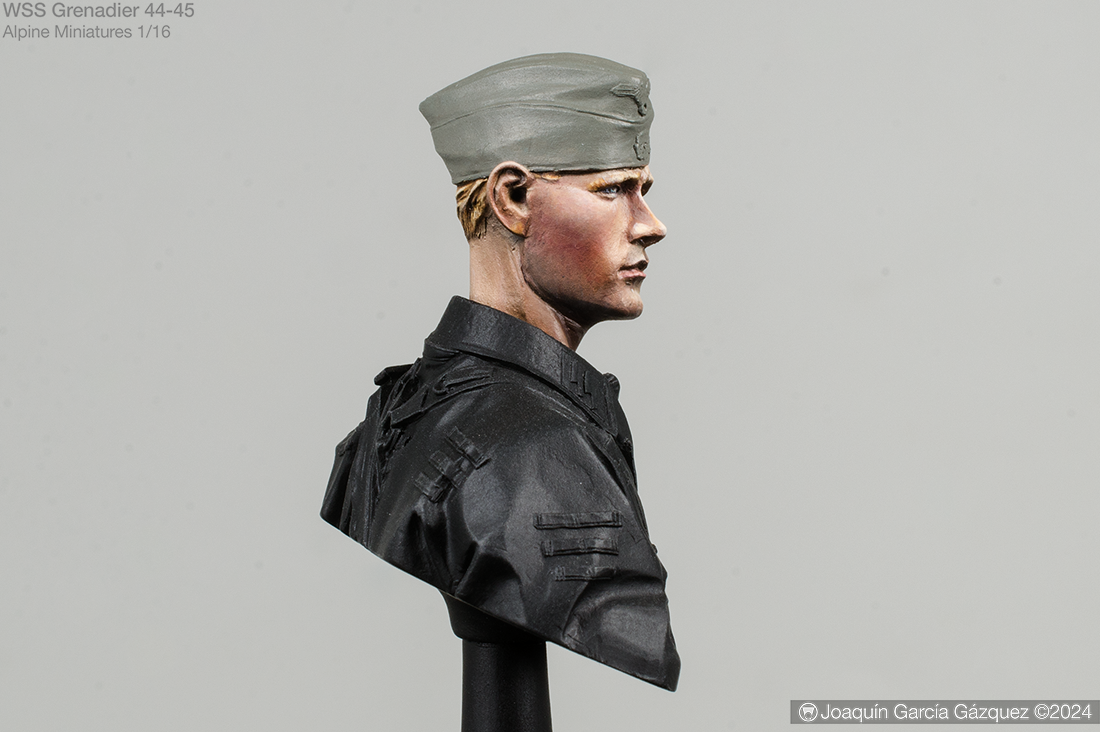
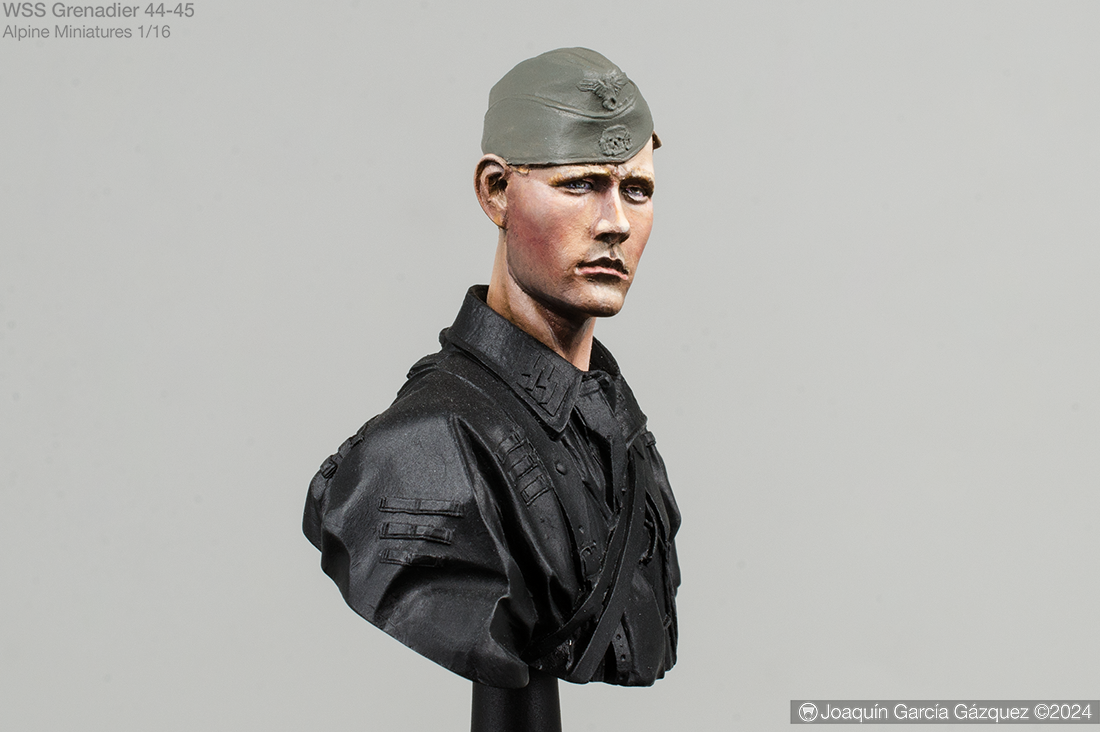
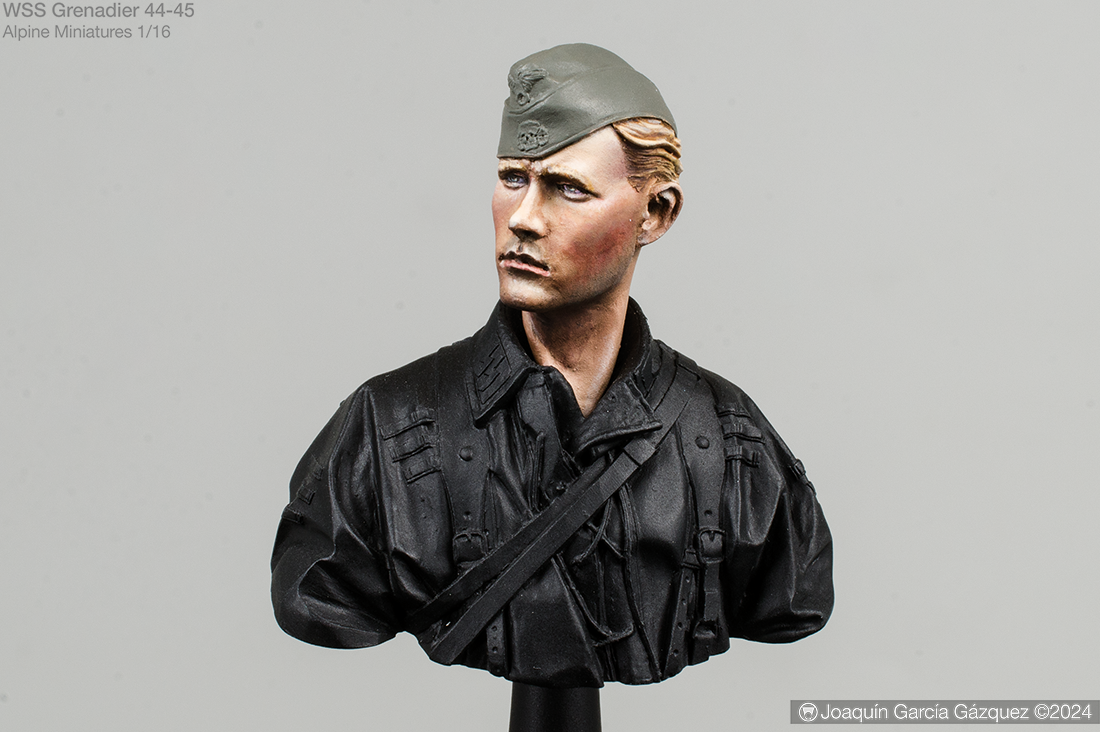
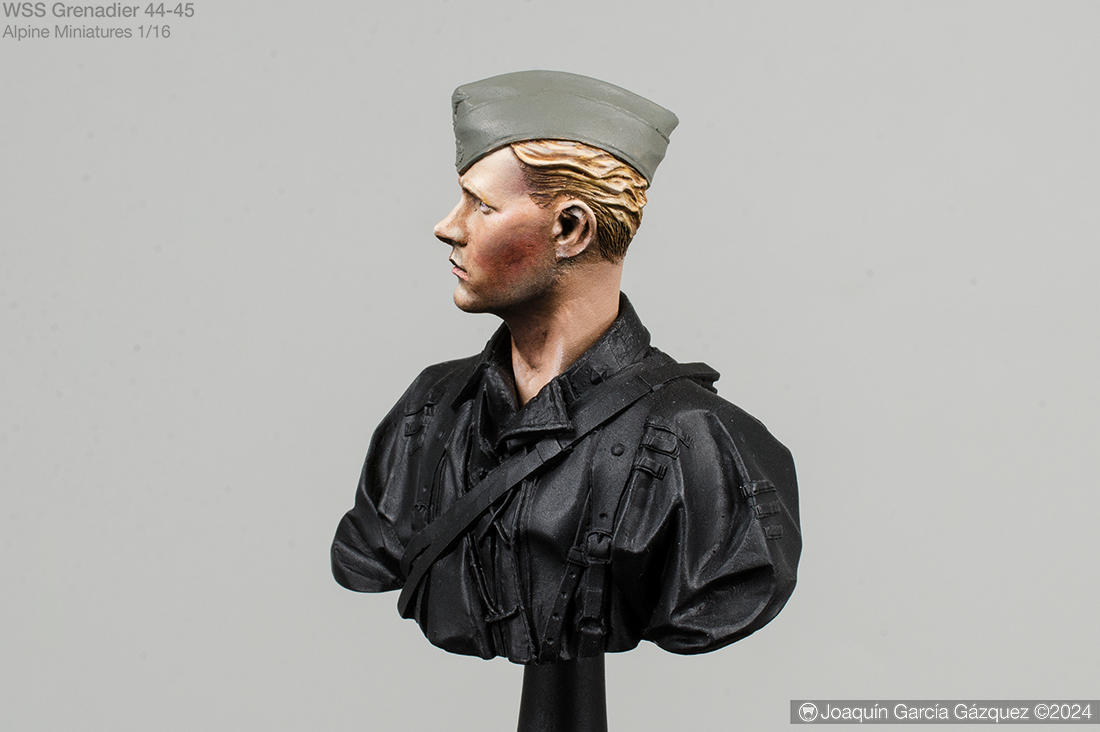
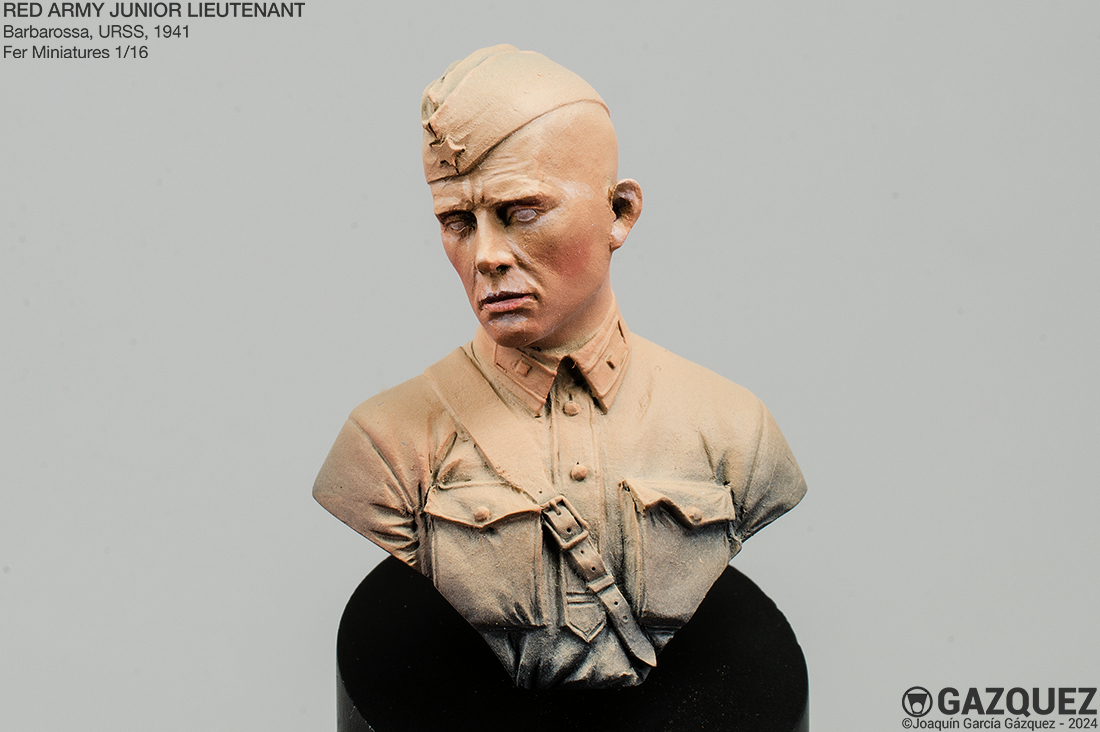

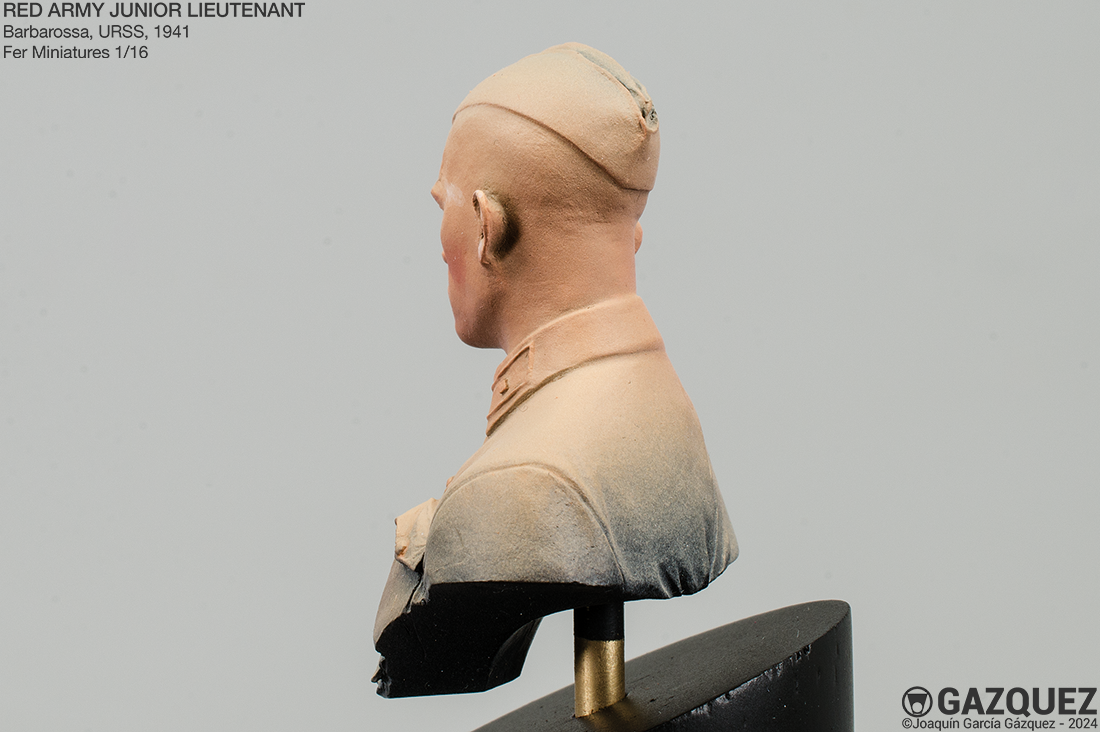
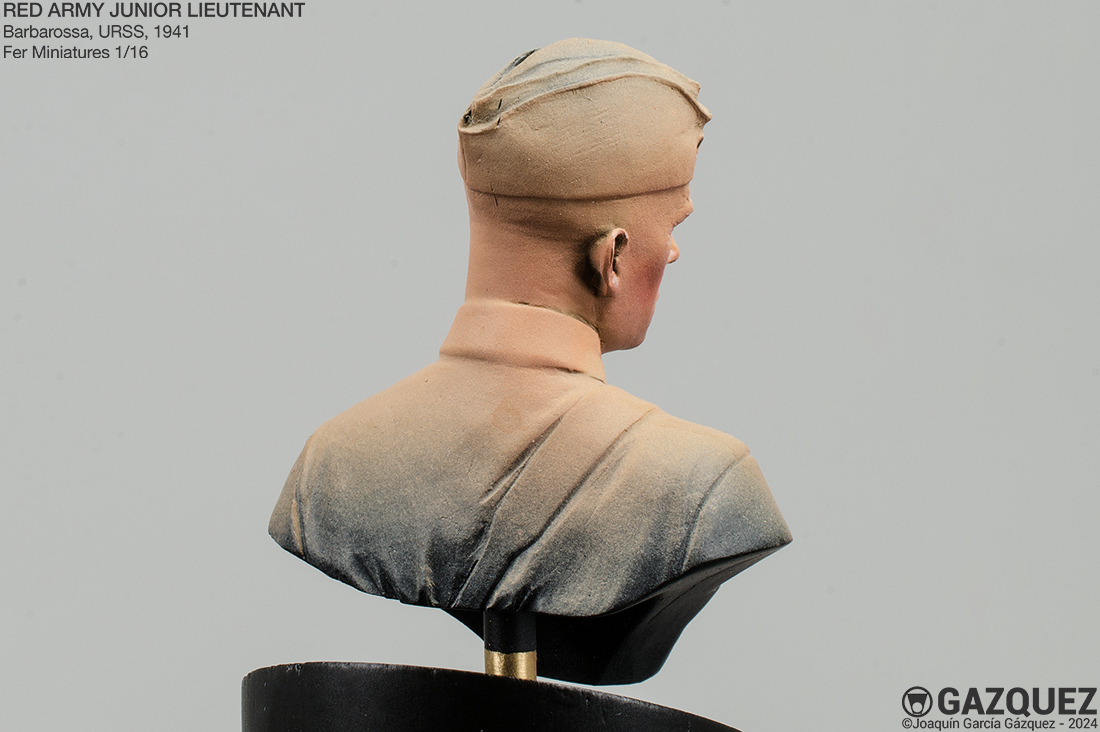
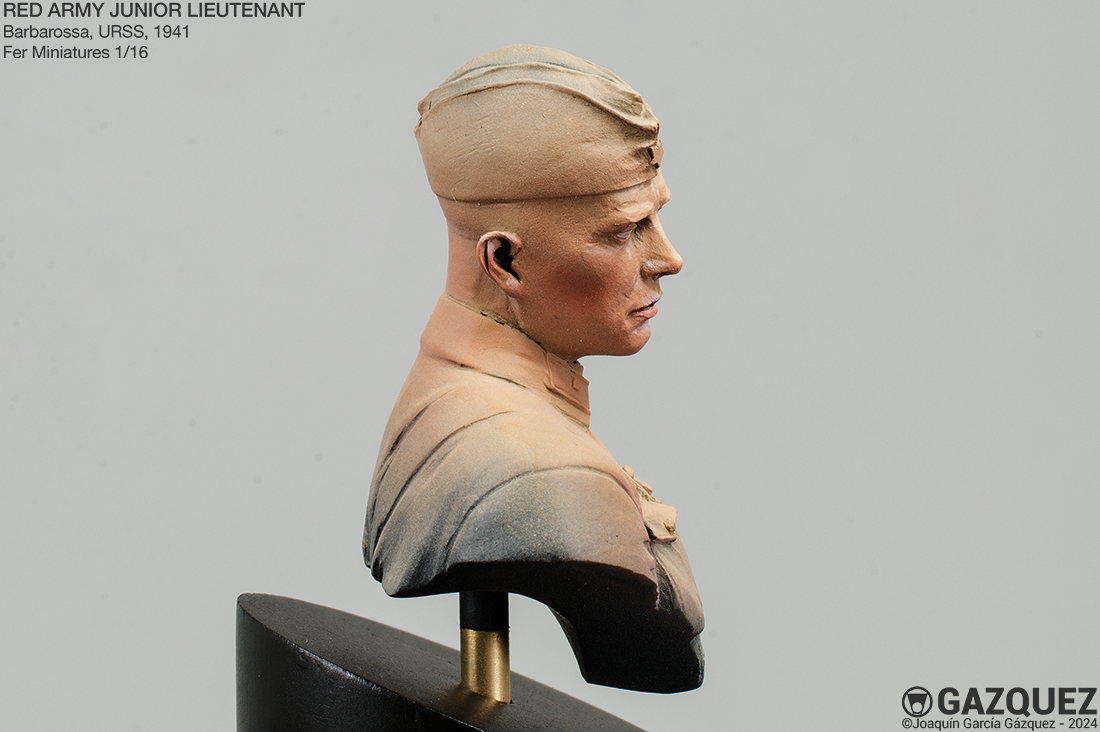
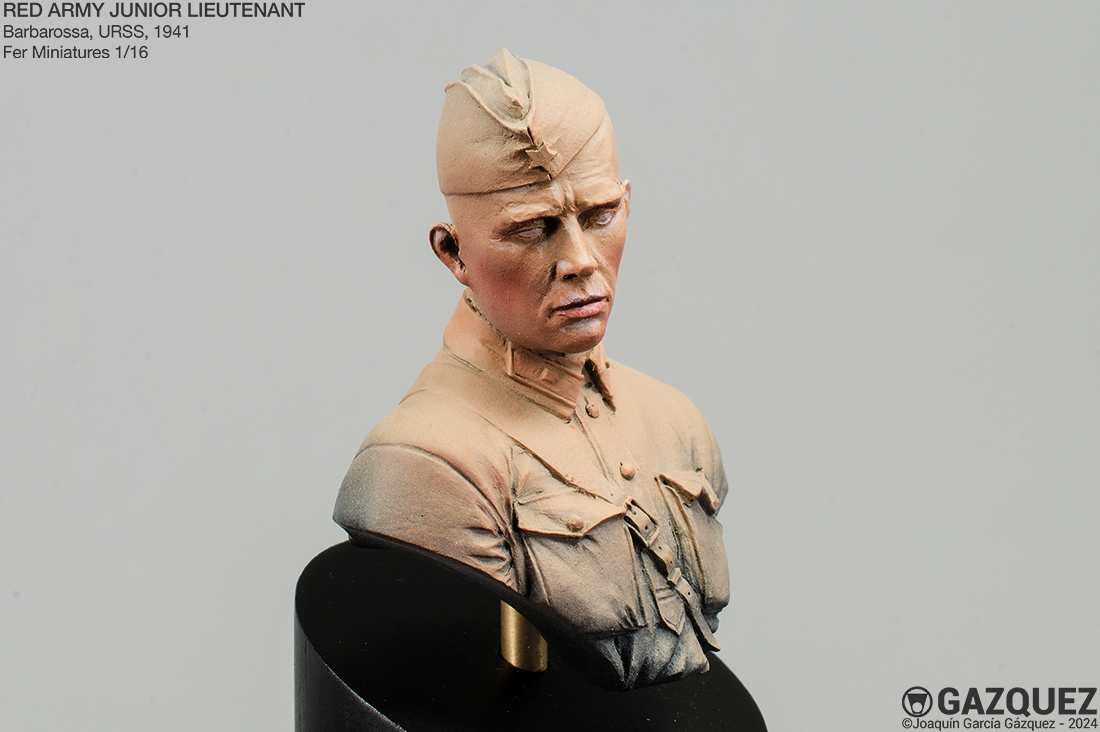
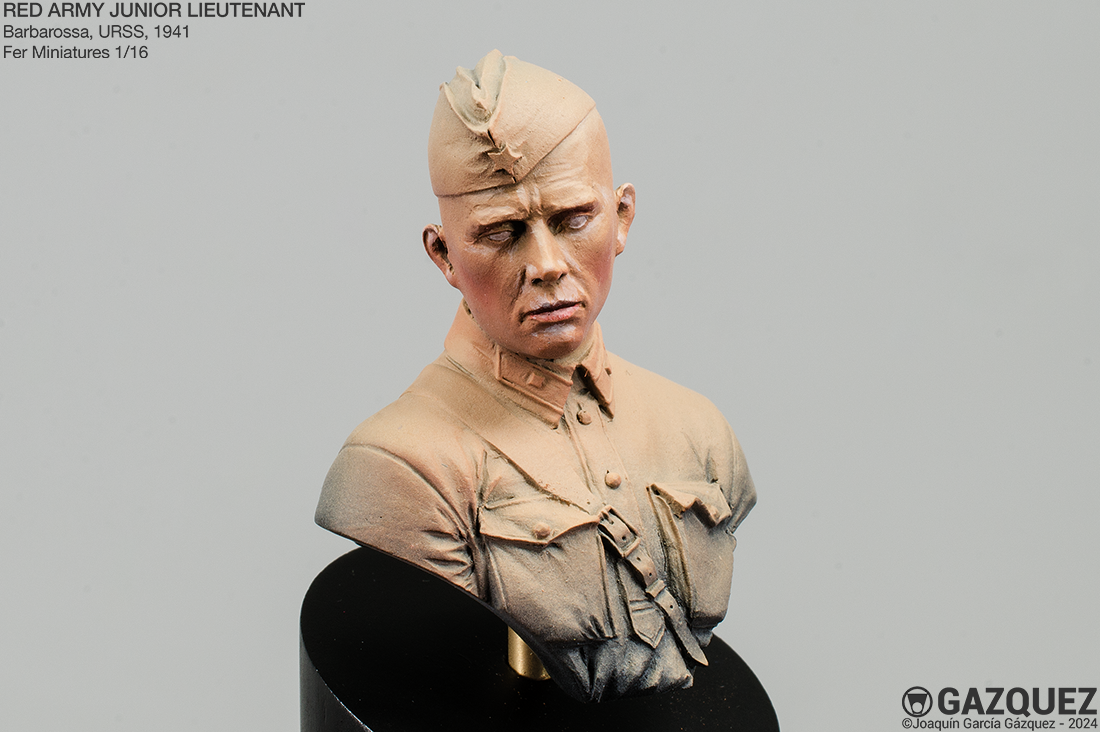
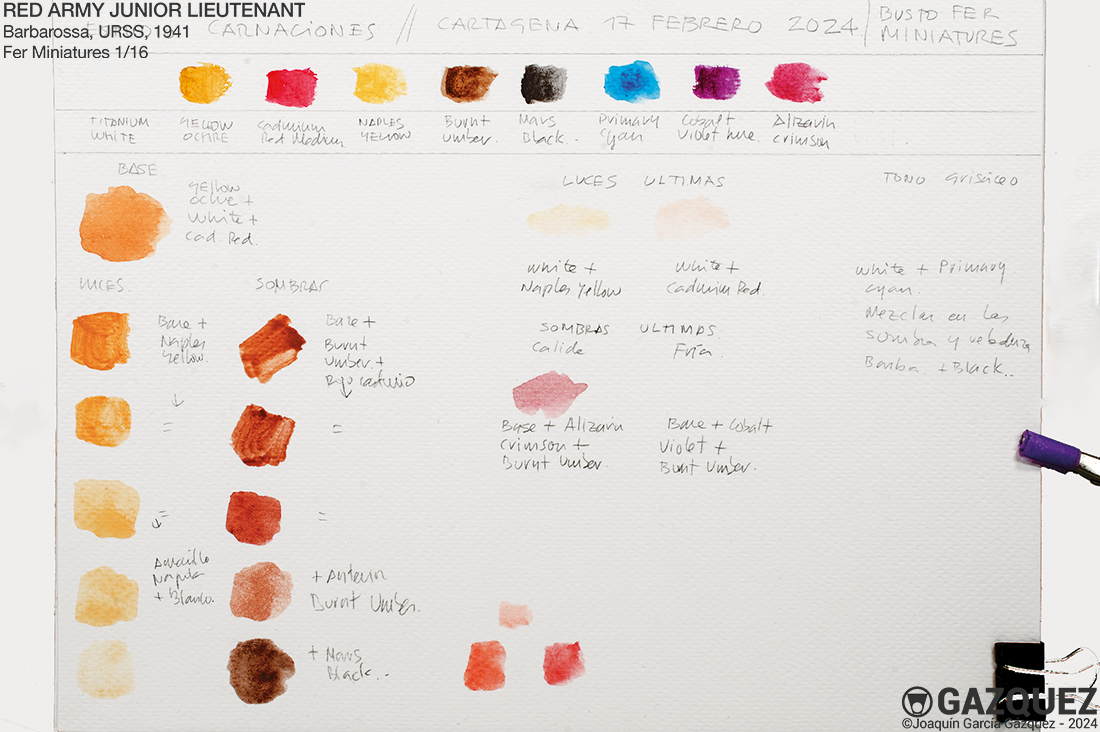

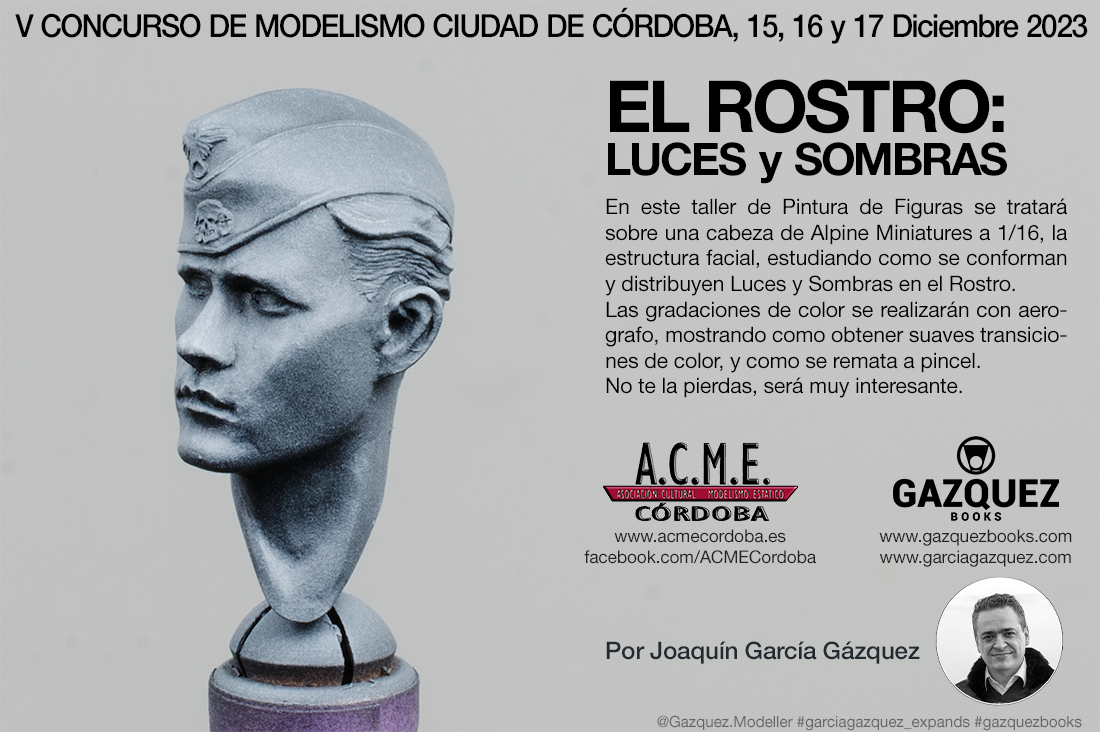

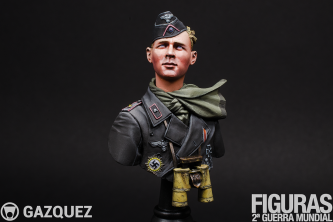
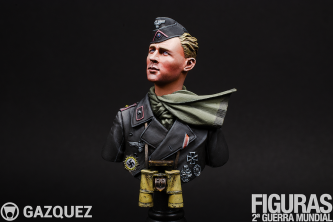
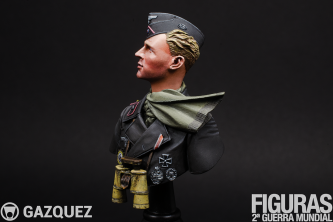
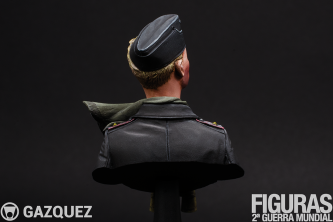
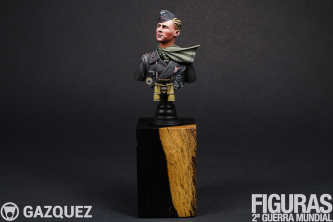
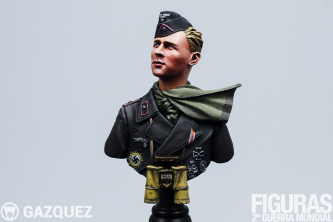
![[IMG]](https://www.panzermodelling.com/wordp/wp-content/uploads/2018/12/AM_18_12_22_001.jpg)
![[IMG]](https://www.panzermodelling.com/wordp/wp-content/uploads/2018/12/AM_18_12_22_008.jpg)
![[IMG]](https://www.panzermodelling.com/wordp/wp-content/uploads/2018/12/AM_18_12_22_012.jpg)
![[IMG]](https://www.panzermodelling.com/wordp/wp-content/uploads/2018/12/AM_18_12_22_017.jpg)
![[IMG]](https://www.panzermodelling.com/wordp/wp-content/uploads/2018/12/AM_18_12_22_019-1.jpg)
![[IMG]](https://www.panzermodelling.com/wordp/wp-content/uploads/2018/12/AM_18_12_22_030.jpg)
![[IMG]](https://www.panzermodelling.com/wordp/wp-content/uploads/2018/12/AM_18_12_22_031.jpg)
![[IMG]](https://www.panzermodelling.com/wordp/wp-content/uploads/2018/12/AM_18_12_22_033.jpg)
![[IMG]](https://www.panzermodelling.com/wordp/wp-content/uploads/2018/12/AM_18_12_22_035.jpg)
![[IMG]](https://www.panzermodelling.com/wordp/wp-content/uploads/2018/12/AM_18_12_22_037.jpg)
![[IMG]](https://www.panzermodelling.com/wordp/wp-content/uploads/2018/12/AM_18_12_22_039.jpg)
![[IMG]](https://www.panzermodelling.com/wordp/wp-content/uploads/2018/12/Arcabuz_076.jpg)
![[IMG]](https://www.panzermodelling.com/wordp/wp-content/uploads/2018/12/Arcabuz_096.jpg)
![[IMG]](https://www.panzermodelling.com/wordp/wp-content/uploads/2018/12/Arcabuz_097.jpg)
![[IMG]](https://www.panzermodelling.com/wordp/wp-content/uploads/2018/12/Arcabuz_103.jpg)
![[IMG]](https://www.panzermodelling.com/wordp/wp-content/uploads/2018/12/Arcabuz_114.jpg)
![[IMG]](https://www.panzermodelling.com/wordp/wp-content/uploads/2018/12/Arcabuz_118.jpg)
![[IMG]](https://www.panzermodelling.com/wordp/wp-content/uploads/2018/12/Arcabuz_119.jpg)
![[IMG]](https://www.panzermodelling.com/wordp/wp-content/uploads/2018/12/Arcabuz_116.jpg)
![[IMG]](https://www.panzermodelling.com/wordp/wp-content/uploads/2018/12/Arcabuz_122.jpg)
















